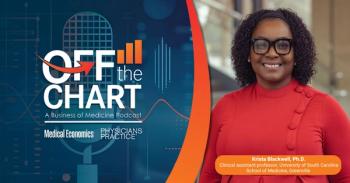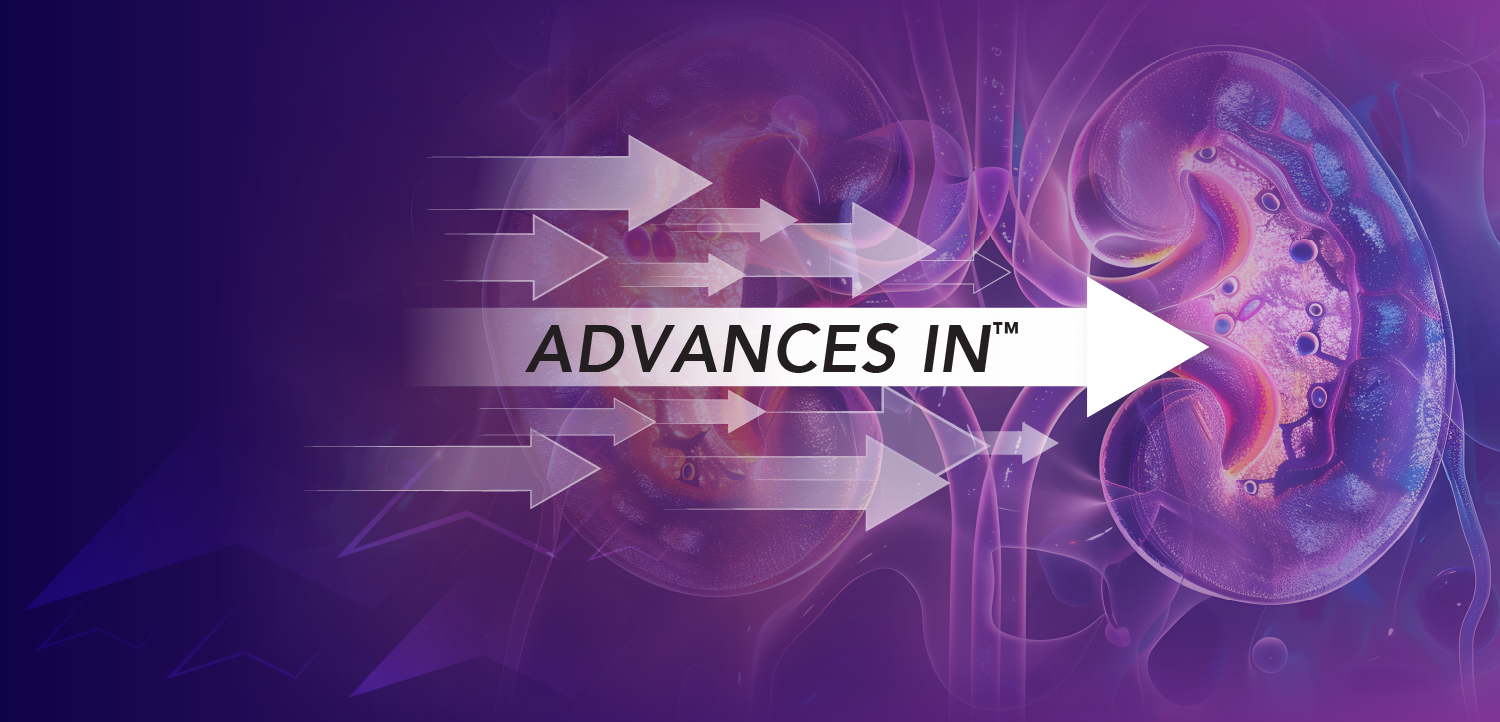
Masimo wins FDA Clearance for expanded parameters for its O3 Regional Oximetry device
Key Takeaways
- Masimo's delta hemoglobin parameters received FDA clearance for expanded use in cerebral and somatic applications across all patient populations, including pediatric and neonatal.
- These parameters enhance regional oxygen saturation readings by providing insights into changes in tissue oxygen saturation, aiding in identifying causes like blood flow shifts or venous congestion.
Masimo's O3 Regional Oximetry gains FDA clearance, enhancing tissue oxygen monitoring for improved patient care in critical settings.
Masimo announced Tuesday that the U.S. Food and Drug Administration has granted 510(k) clearance for expanded indications of its delta hemoglobin parameters on the O3 Regional Oximetry platform. The clearance allows the parameters to be used in both cerebral and somatic applications and across all patient populations, including pediatric and neonatal patients.
The delta hemoglobin parameters—ΔcHb, ΔHHb, and ΔO2Hb—track relative changes in hemoglobin and are designed to help clinicians better understand the causes of changes in tissue oxygen saturation. This additional context can aid physicians in determining whether changes stem from shifts in blood flow,
Masimo said the technology, available on its Root patient monitoring and connectivity platform, enhances the value of regional oxygen saturation (rSO2) readings by offering a deeper view of the physiological processes at play. In addition, when paired with SedLine Brain Function Monitoring, the company said it offers the only platform currently available that provides comprehensive data on bilateral brain activity.
Clinical evidence has supported the use of the delta hemoglobin parameters in surgery and critical care settings. A 2024 randomized controlled trial in Korea found that adding these measurements helped anesthesiologists better maintain cerebral physiology in elderly surgical patients. Similarly, a 2022 paper in Anesthesia & Analgesia reported that the parameters could help identify the causes of cerebral desaturation in cardiac surgery patients.
“Ensuring vital organs and tissues are receiving enough oxygen to meet their metabolic needs is the cornerstone of optimal anesthesia and critical care,” said Basil Matta, MD, Masimo’s senior vice president of Global Clinical Affairs & Solutions. “By using SedLine and O3 together, the clinician can investigate why this balance may have changed … and initiate the appropriate intervention to restore the balance of oxygen delivery to demand.”
Advances in brain monitoring and oxygenation technologies
The clearance of expanded oximetry parameters for the O3 Regional Oximetry highlights a broader trend in health care: the growing sophistication of
Recent advances in near-infrared spectroscopy (NIRS) and related technologies now allow continuous, noninvasive monitoring of oxygen delivery and consumption in specific organs. This provides physicians with real-time data that can guide decision-making in critical care, surgery, and neonatal medicine. In particular, the ability to distinguish whether falling oxygen saturation stems from decreased blood flow, reduced oxygen content, or venous congestion helps target interventions more precisely.
Multimodal platforms are also reshaping the landscape by combining brain activity monitoring with oxygenation data. This integrated approach provides a more complete picture of the balance between oxygen supply and demand, enabling clinicians to identify mismatches earlier and intervene before irreversible injury occurs.
These technologies are increasingly being studied in vulnerable populations, such as neonates, where cerebral oxygenation is crucial to long-term outcomes, and in elderly surgical patients, who face elevated risks of complications from oxygen imbalance. Early evidence suggests that adding tissue-level monitoring may improve safety, reduce complications, and support better recovery.
As research continues, the integration of advanced monitoring parameters into everyday clinical workflows could shift how anesthesiologists, intensivists, and surgeons manage patients. Rather than relying solely on indirect indicators, clinicians may soon base interventions on direct, continuous insight into the physiology of the brain and other vital organs—marking a significant evolution in patient monitoring and care.
Newsletter
Stay informed and empowered with Medical Economics enewsletter, delivering expert insights, financial strategies, practice management tips and technology trends — tailored for today’s physicians.

















